Heading out the door? Read this article on the new Outside+ app available now on iOS devices for members! Download the app.
Many are the dedicated skiers who’ve sat back in the sweltering July heat in North America and fantasized about winter. Skip the daydreaming. The list of advantages of a summer ski trip to South America is long: vibrant cultural experiences and international travel; the stark, unforgettable beauty of the Andes; incredible skiing; and food and lodging for fractions of what you’d pay at major North American resorts.
To the uninitiated, it might seem daunting. But the hardest part is committing to the adventure. And once you go, we’ll bet your first trip won’t be your last. Need more motivation? It’s been snowing in Chile and Argentina’s high country for months, and this season is shaping up to be a good one.
Now that we’ve lit the fire, we’re here with pointers for smooth travel, what you need to bring, eat, and drink, how to choose the right destination, and the differences between skiing and traveling in Chile and Argentina, the continent’s two major ski countries.
How to Plan a South American Ski Trip
Section dividerCHILE
Chile is ideal for the first-time Andes skier in terms of travel logistics and easy access. Long-haul international flights arrive into the bustling, sophisticated capital of Santiago, where the towering summits of the alta cordillera (high peaks) dwarf the city. Within a few hours of the airport are renowned ski resorts like Ski Portillo, Valle Nevado, El Colorado, and La Parva.

It’s a good idea to prearrange resort shuttles from the airport. Don’t hire drivers at the airport outside official shuttles or taxi lines (especially not drivers who approach you). The ski resorts near the city are isolated and compact developments—you don’t need a car while there.
Bring all the gear you need, don’t count on buying or renting what you want. And finally, don’t forget to spend a few days at the end of your trip in Santiago, with a host of luxury and boutique hotels, gleaming skyscrapers and charming Spanish colonial neighborhoods like Bella Vista and Lastarria, full of bars, cafes, and markets. Inexpensive Chilean wines abound, the cocktail of choice is a pisco sour, and do try mariscos, a bowl of unusual shellfish from the deep ocean shelf right off Chile’s coast.
THE RESORTS
Section dividerSki Portillo

This is the iconic ski area of the Andes, an international gathering spot for everyone from World Cup racers to chic jetsetters that brims with legendary ski culture and characters. To get to Ski Portillo, fly to Santiago and book the Portillo shuttle from the airport to the slopes, a ride of just over two hours. The ski area is an incredibly picturesque setting of alpine beauty, a glittering lake, a charming lodges that sit next to wide open, wonderful groomers, freeride terrain, steeps, couloirs, and an excellent heli-skiing operation. If the lake freezes, the accessible ski touring terrain becomes a vast freeride playground.
Ski guides and ski school instructors from around the world and a sophisticated but welcoming and vibrant social scene and nightlife round out the experience. Most people come for the “ski week,” which is an all-inclusive, week-long offering. The historic, bright yellow alpine lodge has updated luxury rooms, and houses almost all of the dining options. There are a few chalets to rent, smaller mid-level lodges, and a hostel-type bunkhouse. Whether you’re a single looking to send it day and night, or a family with little ones in tow, you can’t go wrong at Portillo.
Valle Nevado
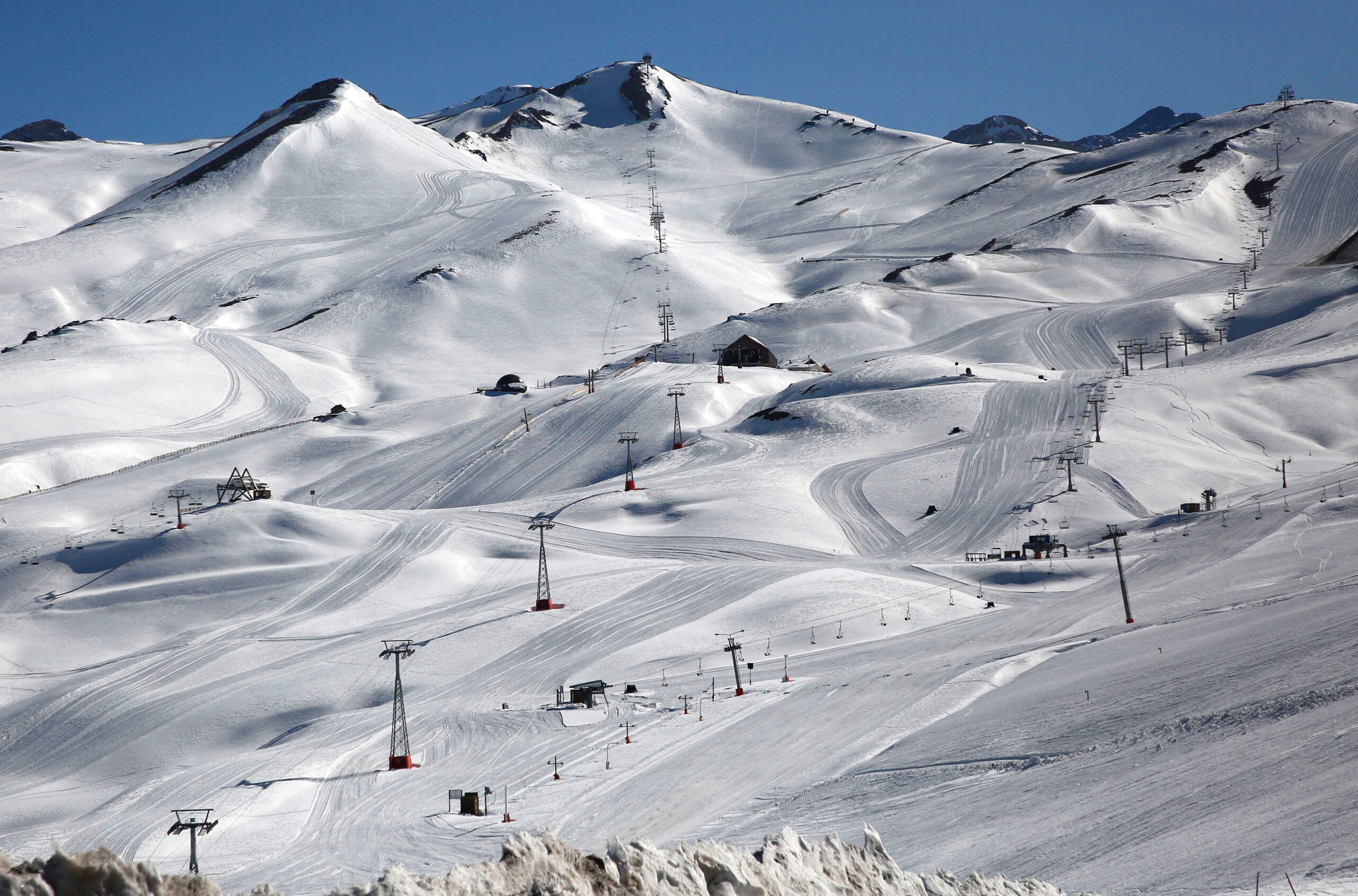
Even closer to Santiago is Valle Nevado, a sprawling, wide-open ski resort perched in the mountains high above the city, and also a quick ride from the airport. A dizzying, switch-backing two-lane road climbs steeply from the city and provides an exciting introduction to a South American classic. A beloved favorite of the well-heeled Santiago residents and a magnet for Brazilians, this ski area offers oodles of treeless alpine terrain, rolling groomers, sunshine, and a very relaxed on-snow vacation vibe. It’s also super family friendly with plenty of terrain that smaller kids can shred.
There are options for experienced backcountry travelers, and a very worthwhile heli-skiing operation. A huge bonus is lift-access to Valle Nevado just keeps getting easier for Americans: the resort has been part of the Ikon Pass for the last few seasons, and was recently purchased by Mountain Capital Partners, a U.S.-based company which owns Purgatory Resort in Colorado as well.
Nevados de Chillán
If you’re willing to hop a domestic flight for a completely different experience, fly from Santiago to Chillán. Nevados de Chillán is a ski resort on the flanks of a volcano about 50 miles from the city on a curving country road and up into a beautiful forest. The ski area has legendary powder days if you get lucky, and is a favorite of freeskiers for its fun inbounds terrain and great ski touring options.
Unlike the treeless resorts to the north, this resort offers amazing tree-skiing through a widely spaced old-growth forest, which is a godsend on storm days.
The main hotel is Hotel Termas Chillán, a recently renovated luxury hotel at the base of the ski hill with its own hot springs pools, spa, and dining. A few miles further down the road is Las Trancas, a small ski town with ski bums, locals, varied lodging options and nightlife. If you’re looking for a longer trip than the classic ski week scene, this is a great place to start.
Hidden Gems
Section dividerCorralco Ski Resort: Less of an international draw than a local treasure, this ski area on the flanks of Volcán Lonquimay is worth a visit if you’ve got some time. It offers a few chairlifts, forests full of araucaria trees (unchanged since prehistoric times), a lively if tiny base area, and nearby hotsprings. FYI: For this one, you do need a rental car—four-wheel-drive if you can get one. Stay in adorable Malalcahuello, and contact Isoterma Cero (run by a Chilean couple who are former freeride competitors and are fluent in English).

Pucon Ski Area: This one is on the flanks of Volcán Villarica, and Pucon is considered Chile’s premiere year-round adventure town, with a vibrant outdoor and mountain culture. The town is fun, the skiing is good, and there’s plenty of nightlife and restaurants to choose from. Head here in the South American spring (September) and enjoy lots of volcano ski touring, too.
ARGENTINA
Section dividerArgentina’s ski access is a bit more time-intensive than Chile, but well worth the effort. Getting to the mountains and ski areas requires a domestic flight, or bus ride if you have more time and less money, from the international hub of Buenos Aires into the city of Mendoza in the alta cordillera, or San Carlos de Bariloche in alta Patagonia towards the south. Make sure your domestic flight leaves from the same airport code as your international flight will touch down (most likely EZE); the city has three airports and transferring between them is a hassle you don’t need.
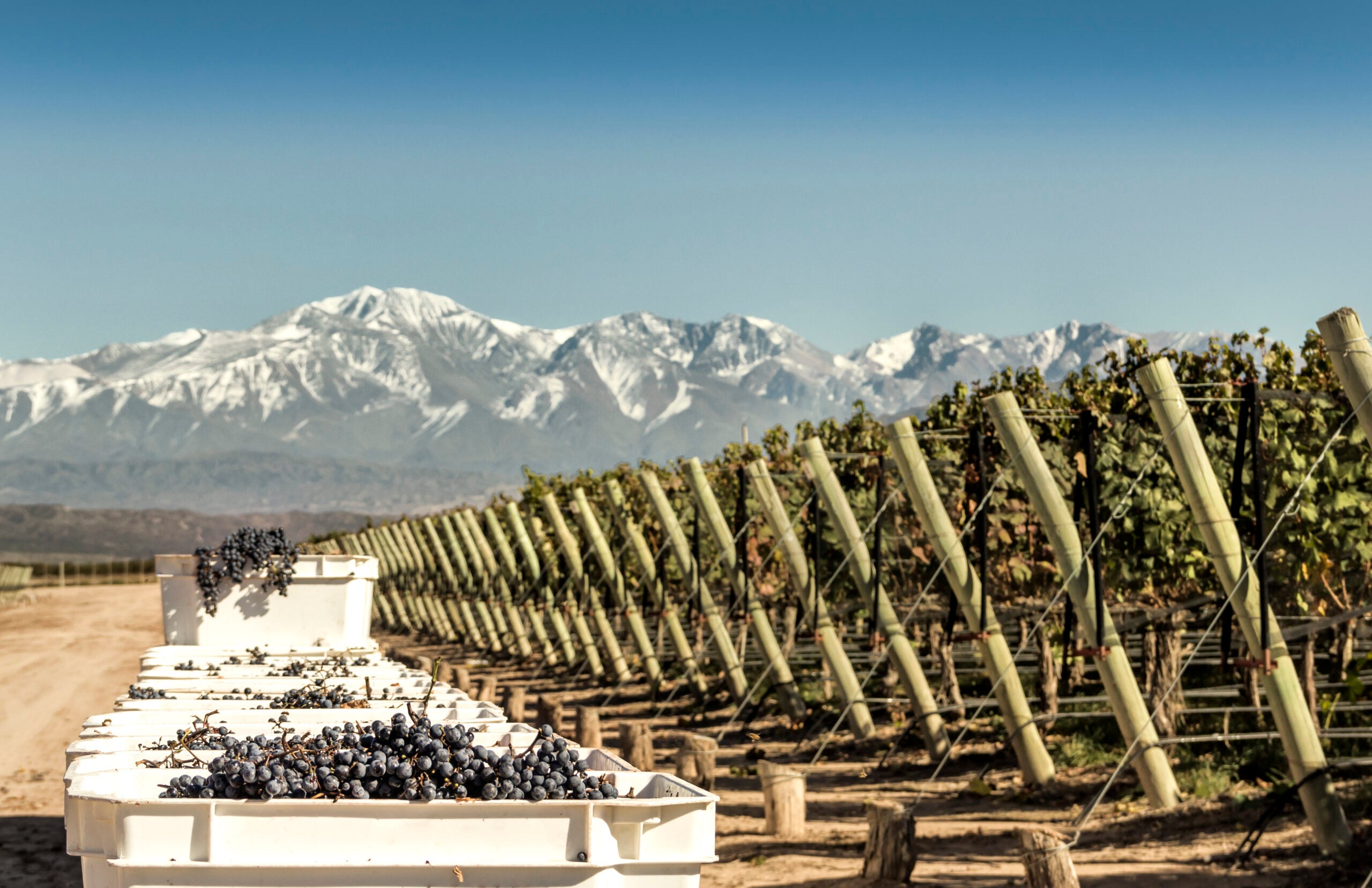
Argentina is in a period of prolonged, extreme inflation (114 percent as of late June 2023) which is making life difficult for residents. For travelers, you can feel good about supporting the tourism industry, and you get an amazing bargain for your dollars in return. You can check the daily dólar (USD) to pesos rate on the header of the main newspaper, La Nacion.
Nothing in this delightful country will be a manufactured experience, which is also to say that it’s not for those whose ideal trip is Insta-perfect and predictable. But if you’re up for it, it’s an incredible adventure of stunningly beautiful scenery, incredible cuisine, wines, nightlife, and a wonderful culture of people. So yes, eat the full parilla (grilled meat platters including uncommon cuts), try all the wine, enjoy the lesser-known chocolate-making culture of the south, and hit the slopes. And as in Chile, bring all the gear you need—don’t count on finding what you want when you arrive.
Section dividerLas Leñas
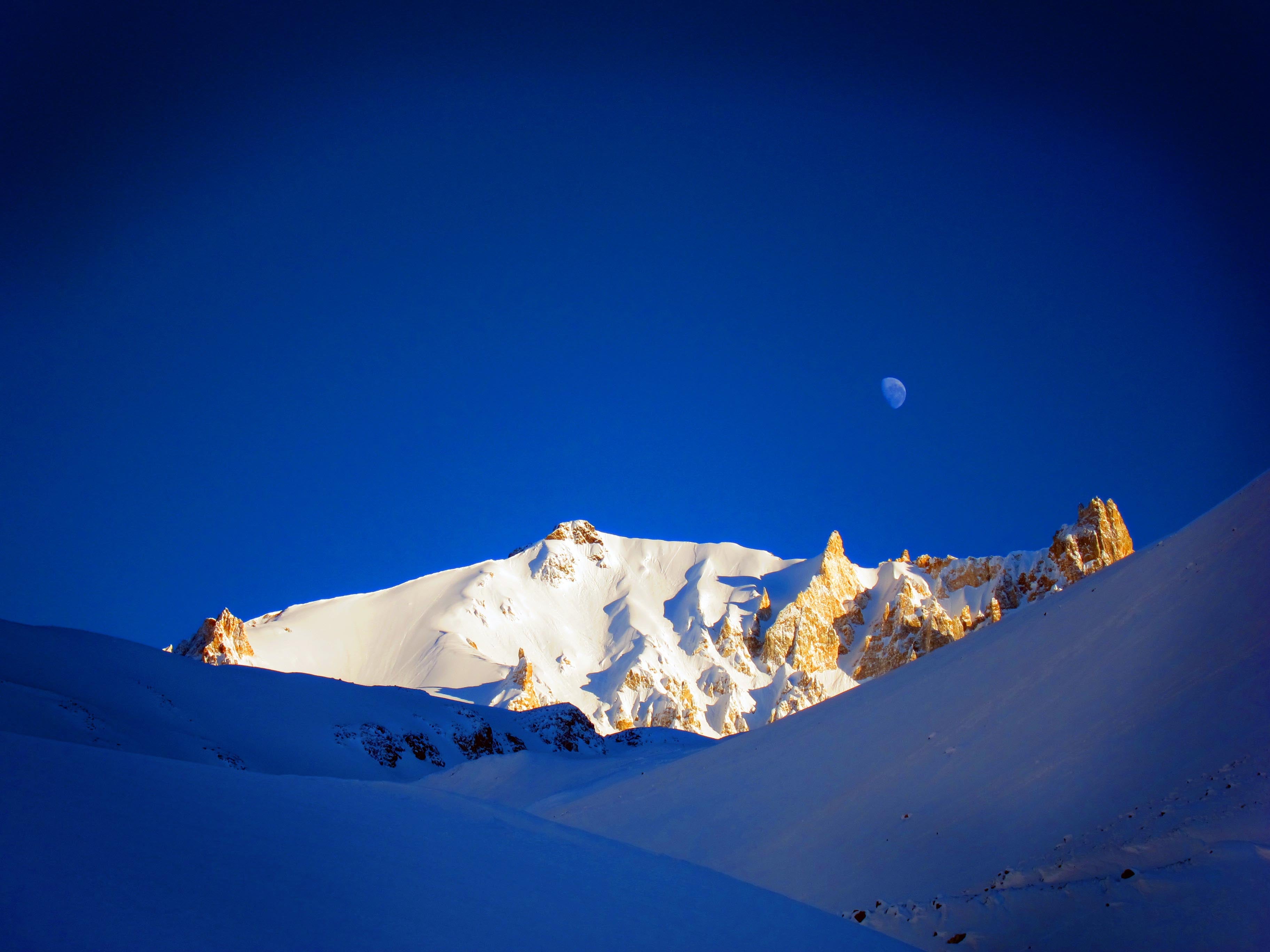
Isolated in the Andes in Mendoza province, Las Leñas is far from perfect. It is hard to get to (5-6 hours from the city of Mendoza) has anxiety-inducing, crooked lifts, which may or may not open (wind and/or visibility are usually the culprit), and the military and ski patrol loiter on summits to arbitrarily tell you if you may or may not ski out of bounds. Sometimes, it doesn’t get much snow, or if it does snow, it all blows off to the far-off pampas, or grasslands.. And when you can’t ski, there isn’t much to do within this vaguely sterile outpost of hotels and employee housing.
On the other hand, when it’s on, very few ski areas can even pretend to hold a candle to the freeskiing in and around Leñas. There is a reason the freeskiing elite of Europe and North American converge here during the North American summer. Long, steep, aesthetic couloirs are everywhere. Huge, open faces offer big lines and fluted descents. It is big, serious, and really fun terrain, even without fresh snow. If you hit this place at the right time, you will be ruined, and places like Jackson Hole or Telluride will induce yawns. The late-night-till-dawn party scene is off the hook, to boot. Pro tip: Avoid unless it’s supposed to be a down day the next day.
That said, it also has a solid amount of terrain for families and intermediates to enjoy, so, it’s not just for big mountain free skiers getting sendy. But if you’re one of those, this is the spot for you.
Cerro Catedral
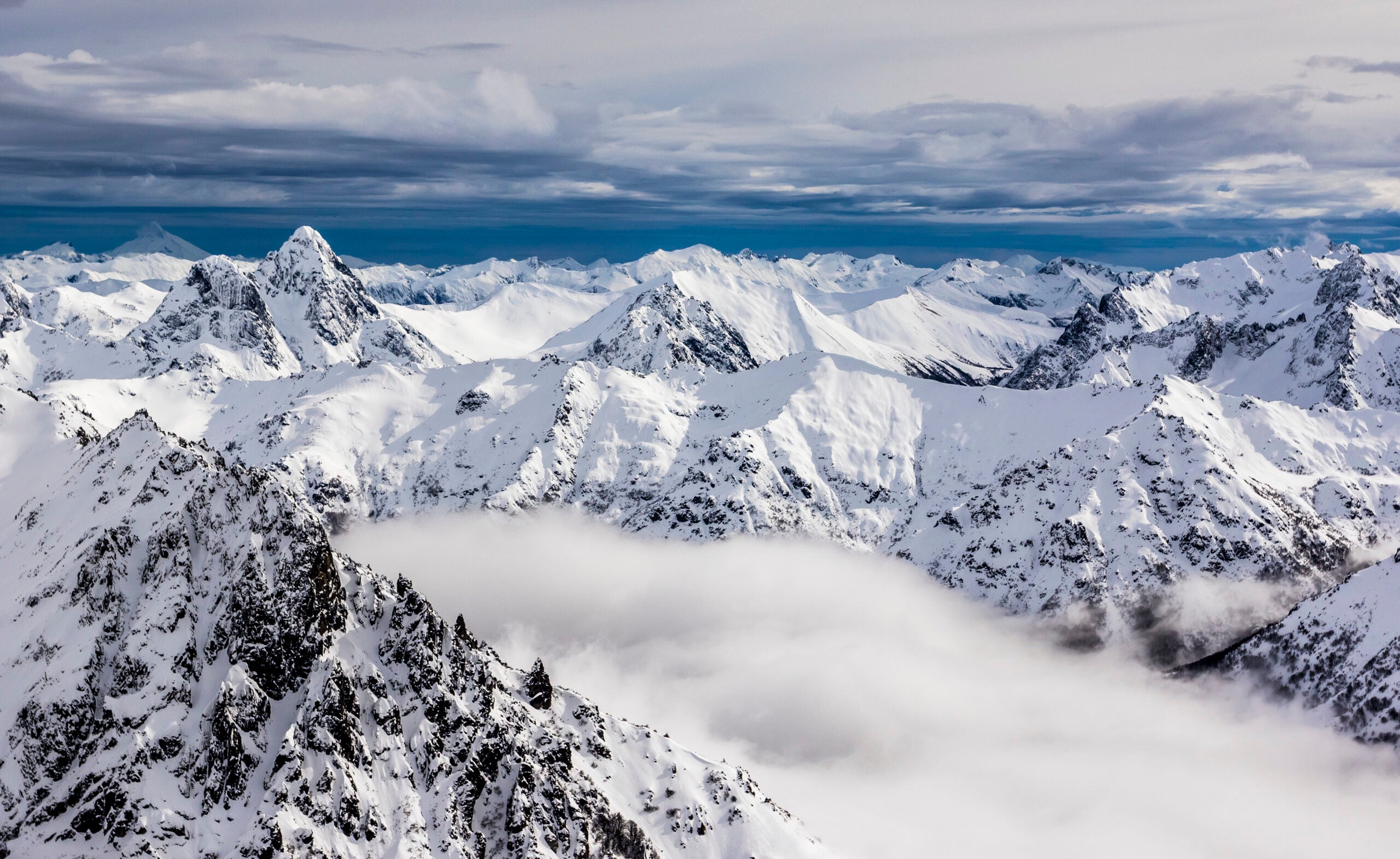
S.C. de Bariloche’s airport puts you right down in this pretty lakeside city with good access to three great ski areas, including Catedral Alta Patagonia, or Cerro Catedral, a mere 10 miles from downtown Bariloche. Catedral is known as South America’s largest ski area and it’s extremely entertaining for all types of skiers: it has tree skiing, wide-open big mountain alpine terrain, and long scenic groomers. It also has some of the best backcountry access and terrain of any resort, and it’s named for the series of stunning rock spires above it, which are reminiscent of a cathedral.
It has a smattering of popular on-mountain restaurants with sunny patios and a relatively big base area with shops, lodging, and a few eateries. Head to the city itself for great restaurants and good shopping, evenings out, or down-day entertainment. It’s a perfect spot for families or those looking for more to do outside of skiing. Lodging options from slopeside hotels and condos to downtown digs can be found. If you do stay downtown, keep in mind ski traffic can be an issue between the city and the resort.
Chapelco
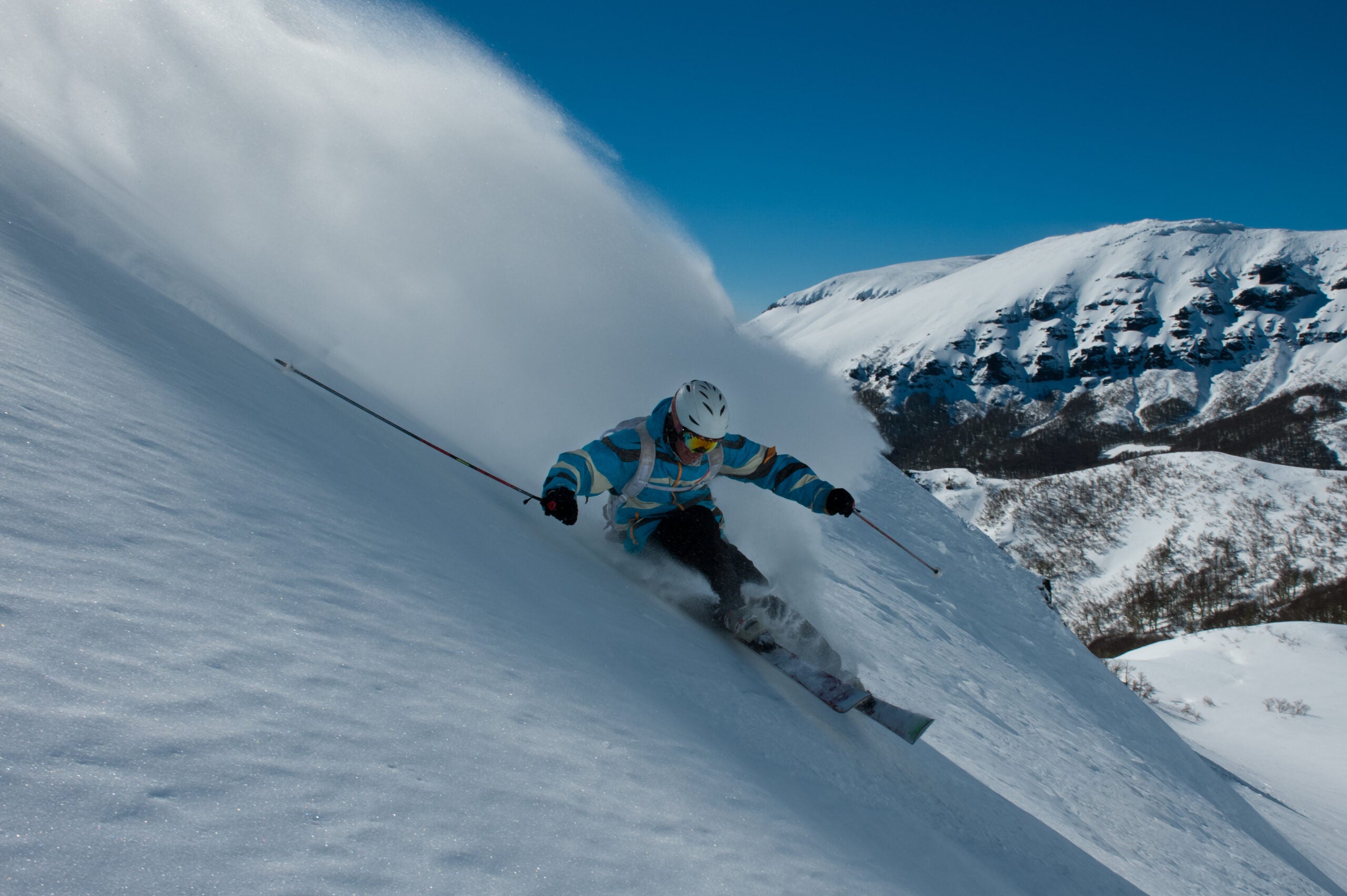
About three hours north from Bariloche along a stunning road winding through lakes and mountains is the excellent, very under-the-radar ski resort of Chapelco. You can combine this with a few days at Catedral or fly directly into the local airport for San Martin de Los Andes (CPC). A compact little base area with shops and amenities leads to a gondola that whisks skiers up through forests to upper lifts, above-treeline skiing, touring access, and unbelievable views of lakes, mountains and volcanoes.
Chapelco has a ski school, terrain parks, and often hosts international events for ski and snowboard racing, adaptive camps, and avalanche courses. And the town below, San Martin de los Andes, is an utterly adorable, lakeside mountain town. We like to stay in town, with lodging ranging from luxury hotels and apartments to cabins and hostels. The village brims with the influences of immigration from Central Europe’s alpine nations at the turn of the 20th century in the architecture, food, and culture. Don’t miss the fantastic chocolate shops and ice cream parlors, and shopping for locally produced goods.
Hidden Gems
Section dividerCerro Bayo Ski Boutique: A small ski area about halfway between Bariloche and San Martin de los Andes, Bayo is small, charming, and ridiculously scenic, with great skiing and excellent backcountry touring (local guides can be found; ask in the local ski shops down in the town of Villa la Angostura).
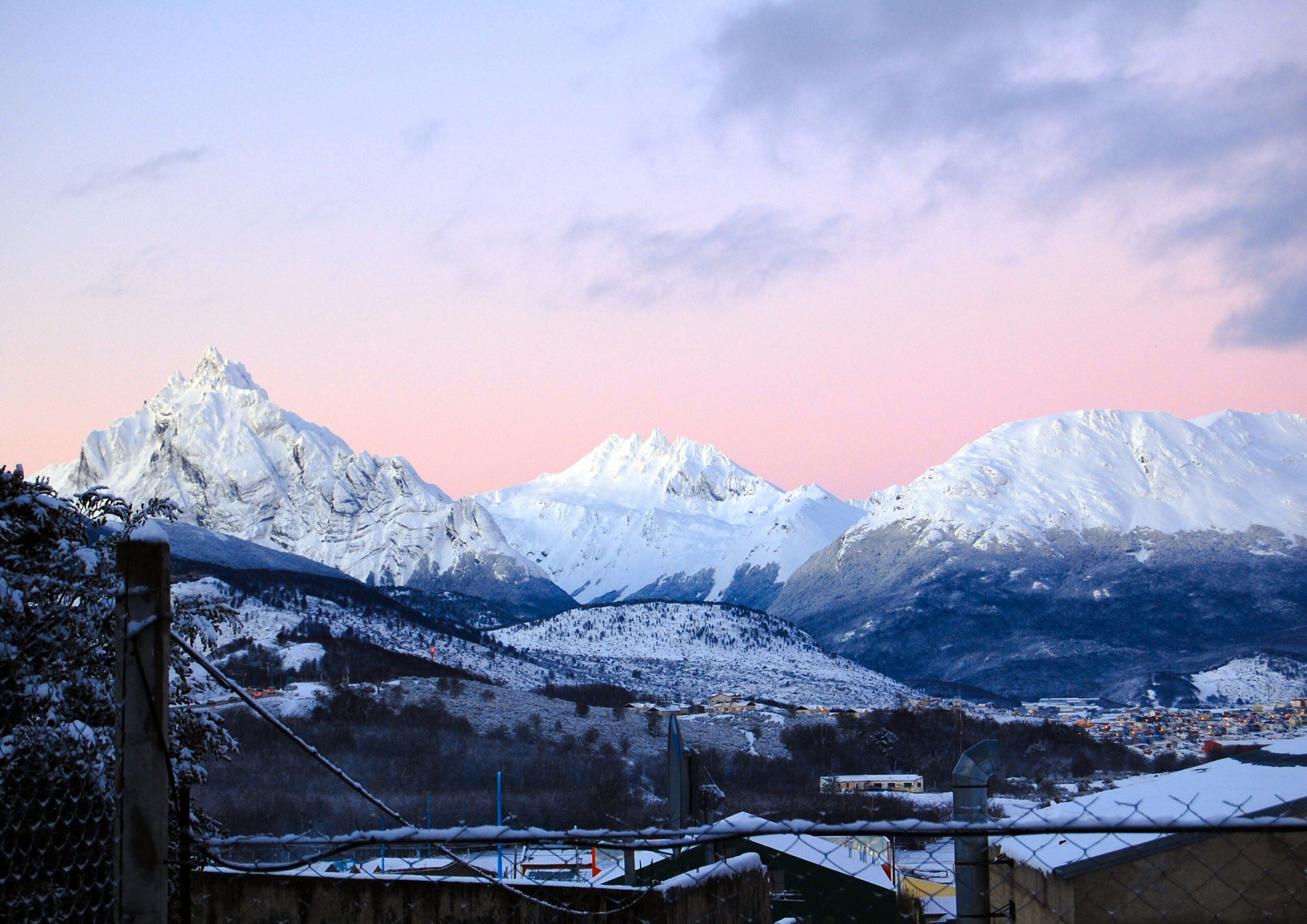
Cerro Castor: Really want to get off the beaten path? Journey to Cerro Castor, located in Ushuaia, Tierra del Fuego, Patagonia, Argentina—in other words, about as close as you can get to skiing in Antarctica without crossing an ocean. It’s not easy to get to, but if you consider skiing as an adventure that opens other doors to adventure, this will not disappoint.